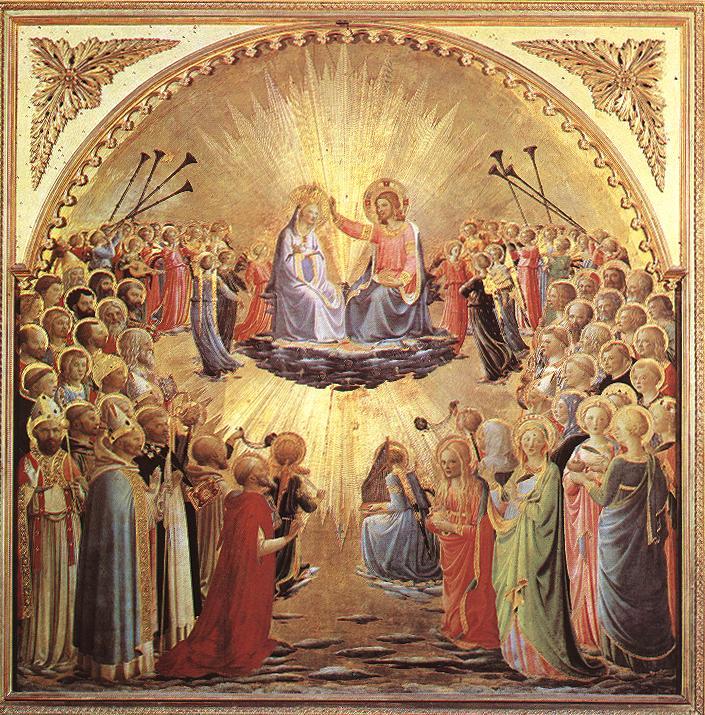“The seasons … are what a symphony ought to be: four perfect movements in intimate harmony with one another.” (Arthur Rubinstein)
A friend of mine once said: “Temperature change is the most important subject of conversation. It interests and concerns everybody and is common to all men alive in this world.” The changes of the seasons affect our soul but also reflect it in its development.
In Egyptian culture, there exist three seasons. Mesopotamia has only two seasons. In Australia, one speaks of five seasons, while the Greek and Chinese cultures are based on four seasons. The number changes according to the type of climate, but it is also linked to the vision of the world belonging to each culture, as well as to mythology and customs in a society. Here we are referring to the perspective of four seasons.
Summer
The famous aria Summertime (1935), by Ira and Georges Gershwin, was written and sung for the first time in the folk opera Porgy and Bess and was interpreted numerous times by great artists such as Ella Fitzgerald, Billie Holiday, and Janis Joplin.
The song was written like a lullaby. It is sung by a young mother, Clara, to her little boy. She wants to appease him and reassure herself while waiting with concern for her fisherman husband, who is caught in a storm at sea. The song’s lyrics illustrate a warm and reassuring atmosphere, free of worry—before the scene dramatically changes.
In its essence, the lullaby, like the summer warmth, envelops us before we fall asleep. This is an emotion that harkens back to childhood memories, at a moment when we are still innocent, receptive, in training, and as if in waiting for what is to follow.




